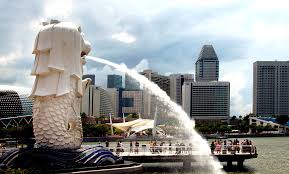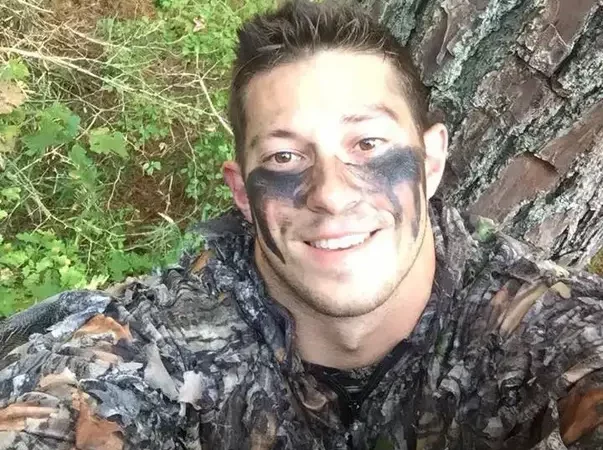How Singapore fought against the COVID-19 pandemic?

Singapore till now has reported 390 cases and confirmed the first two death with Covid-19 on Saturday. New cases are coming in but the number is far less than Italy and some other countries. New York confirmed its first case on March 1 and the numbers of the case have reached 4000, on the contrary, Singapore confirmed the first Covid-19 positive case on January 23.
Singapore followed intensive and early policy intervention, like shutting down the border with China on Feb 1, soon after china announced Wuhan lockdown. The government set up a task force for fighting the virus, imposed strict measures for a hospital and home quarantine and banned large gatherings in the country.
“We want to stay one or two steps ahead of the virus. If you chase the virus, you will always be behind the curve.” Said Vernon Lee, The Director of communicable diseases division, Singapore.
Followed Proactive approach
Singapore raced to create a comprehensive picture of an infected person’s movements within 24 hours of confirming a new infection. They follow an exhaustive process called contact tracing. This process involves a team of hundreds of contact tracers working 24 hours to trace the movements of infection.
“Once a case is confirmed, within 2 hours [contact tracers] create a detailed activity log of the patient’s movements and interactions in the 14 days before admission,” said Lee Hsien, Singapore’s Prime Minister in a Facebook post.
Tracking the pandemic
Singapore created a contact tracing app called ‘Trace Together’ and encouraged all the Singaporeans to download the app in their smartphones. The app helps the authorities to trace all the people who have been exposed to the infected person using Bluetooth signals. App installed phones when in a range of two meters exchange Bluetooth signals and the app makes a record of the encounter.
“The government has a great track record of looking out for its residents,” said Oly Fernando, a Filipino professional living in Singapore. “The response to COVID-19 has been calm and methodical, and I feel safe and privileged to be here.”
Learned lessons from SARS
Singapore and Hong Kong were affected by the SARS epidemic in 2003. The pandemic was eradicated in 5 months and claimed almost 33 lives.
“Singapore invested heavily in developing capacity and infrastructure to deal with these types of outbreaks over the past 10 to 15 years, including increasing capacity for intensive care and patient isolation facilities, building expertise in infectious disease,” said Clarence Tam, an assistant professor at the National University of Singapore.
Afraid of the second wave
Singapore has been successful in containing the virus until now. But the fear of getting hit by a second wave of positive cases is growing after seeing an escalation in the US and Europe.
Singapore extended travel restrictions on Sunday, shutting down the borders for all the tourists and short term visitors. 70% of the Covid-19 cases are reported by people who were exposed to virus overseas. Officials have warned the people that there could be a surge in the cases and inevitable deaths, as the cases are soaring all around the world.
Read More- New York Fed Reserve to infuse $1.5 trillion Dollars to Revive the Drowning Economy






